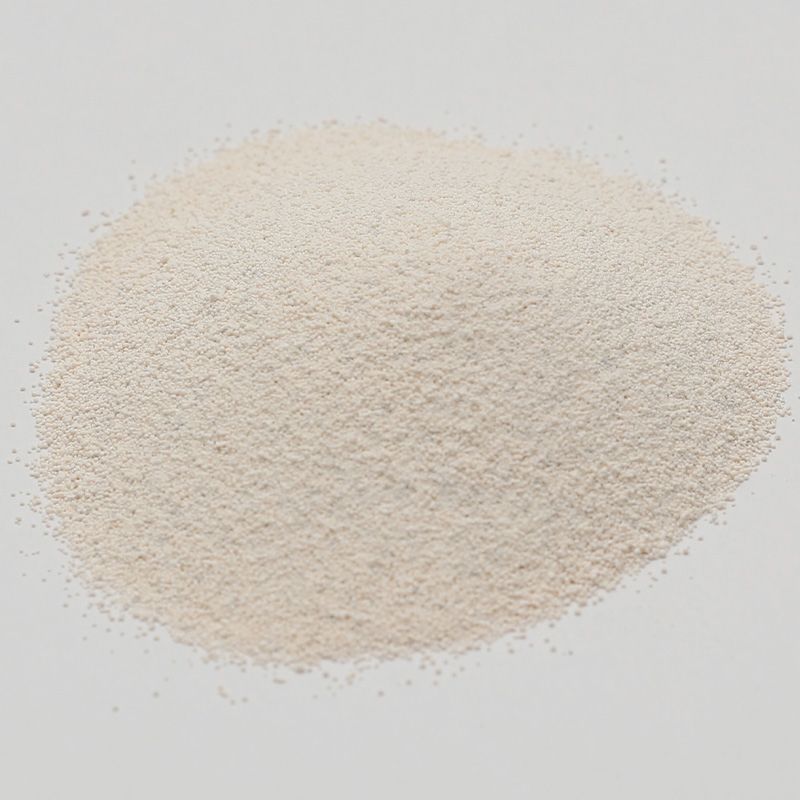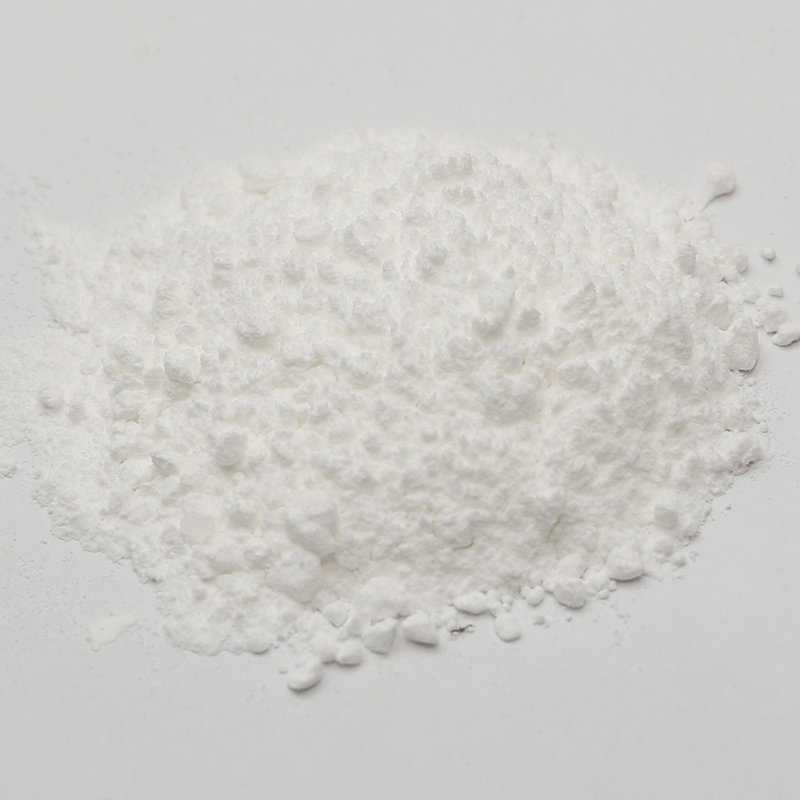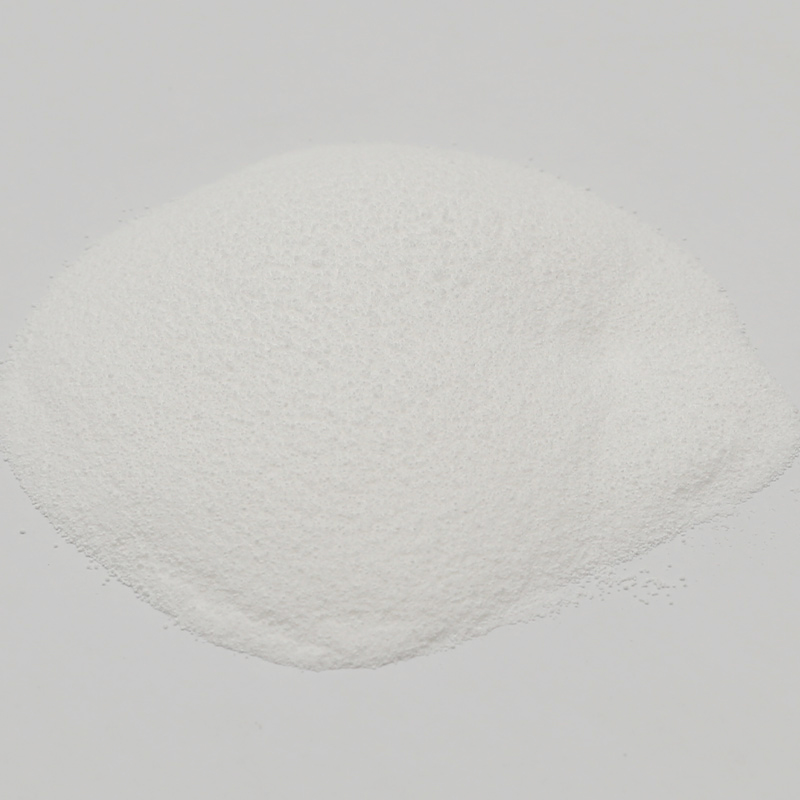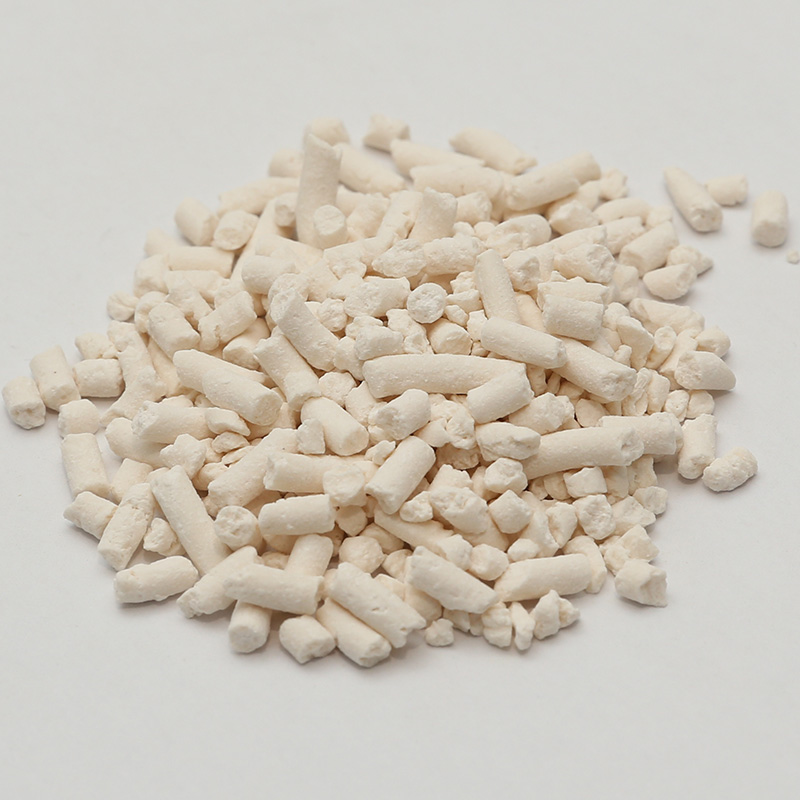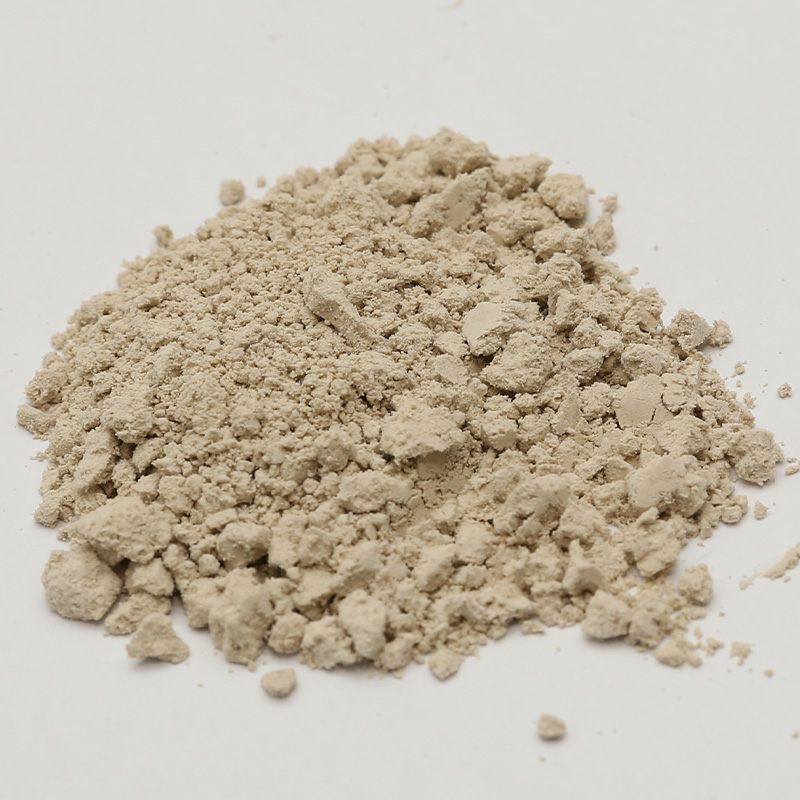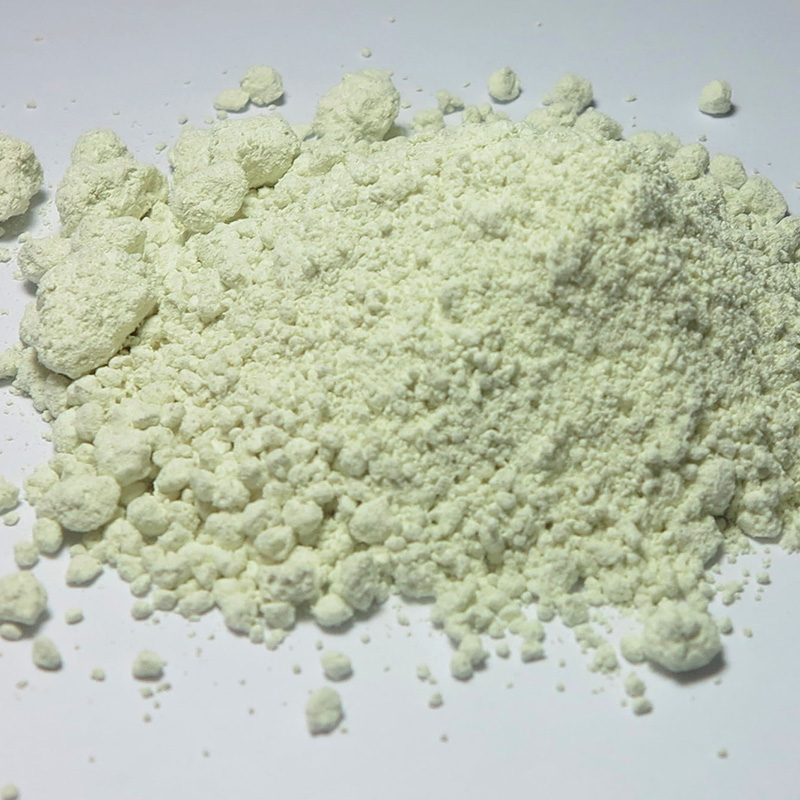Role of Homogenizing Agents
Homogenizing agents are critical components in the formulation of emulsions and suspensions, widely used in food, pharmaceutical, cosmetic, and chemical industries. Their primary function is to stabilize dispersed systems by reducing interfacial tension and preventing particle or droplet aggregation. The effectiveness of a homogenizing agent directly impacts the uniformity, texture, and shelf life of the final product. Understanding how these agents influence stability and dispersion is essential for achieving consistent quality and suitable performance.
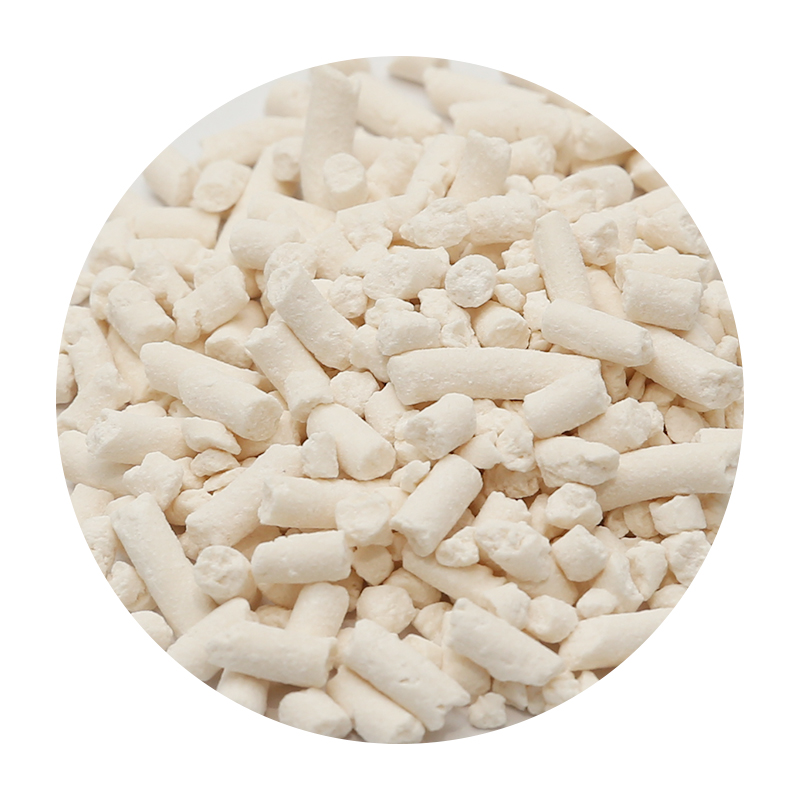
Emulsion Stability and Interfacial Activity
In emulsions, where one liquid is dispersed in another immiscible liquid, the interfacial area between droplets is a key factor for stability. Homogenizing agents adsorb at the interface, forming a protective layer around droplets that prevents coalescence. The molecular structure, hydrophilic-lipophilic balance (HLB), and adsorption kinetics of the agent determine how effectively it can stabilize the emulsion. Fast-adsorbing agents ensure that newly formed droplets during homogenization are immediately coated, reducing the risk of merging. Agents with strong interfacial activity can also resist destabilizing forces such as gravity, temperature fluctuations, or mechanical agitation, maintaining droplet uniformity over time.
Suspension Uniformity and Particle Stabilization
For suspensions, where solid particles are dispersed in a liquid medium, homogenizing agents function by providing steric or electrostatic stabilization. Steric stabilization occurs when large molecular chains attached to the particle surface prevent close approach and aggregation, while electrostatic stabilization relies on charged groups to repel adjacent particles. The choice of agent affects particle distribution, sedimentation rate, and viscosity of the suspension. A properly selected homogenizing agent can maintain uniformity, preventing rapid settling or clumping, which is critical for products like paints, pharmaceuticals, and food beverages.
Influence of Concentration and System Conditions
The effectiveness of a homogenizing agent also depends on its concentration relative to the dispersed phase. Insufficient amounts may cause incomplete coverage, resulting in coalescence or sedimentation, whereas excessive amounts can increase viscosity or alter the product’s sensory properties. Environmental factors, such as temperature, pH, and ionic strength, also influence performance. For example, protein-based agents may denature at high temperatures or pH, reducing their stabilizing capacity, while synthetic polymers may exhibit good resilience under harsh conditions. Careful formulation ensures that the agent functions effectively across expected storage and processing conditions.
Interaction with Mechanical Homogenization
Mechanical homogenization works synergistically with chemical stabilizers to enhance dispersion. High-shear equipment generates small droplets or particles, increasing interfacial area and making the role of the homogenizing agent even more critical. Agents must adsorb quickly to stabilize these newly created surfaces. In industrial settings, integrating the right homogenizing agent with equipment capable of controlled shear, such as rotor-stator mixers or high-pressure devices, ensures that emulsions and suspensions remain uniform, stable, and reproducible.
Optimizing Product Stability and Uniformity
Homogenizing agents are essential for maintaining emulsion stability and suspension uniformity. Their molecular properties, adsorption behavior, and concentration determine how well droplets and particles remain dispersed over time. By understanding the interaction between homogenizing agents, system conditions, and mechanical processing, formulators can achieve highly stable and uniform products. Proper selection and application of these agents are key to delivering quality, consistency, and performance in a wide range of industrial and laboratory applications.



 English
English Português
Português Español
Español русский
русский 中文简体
中文简体